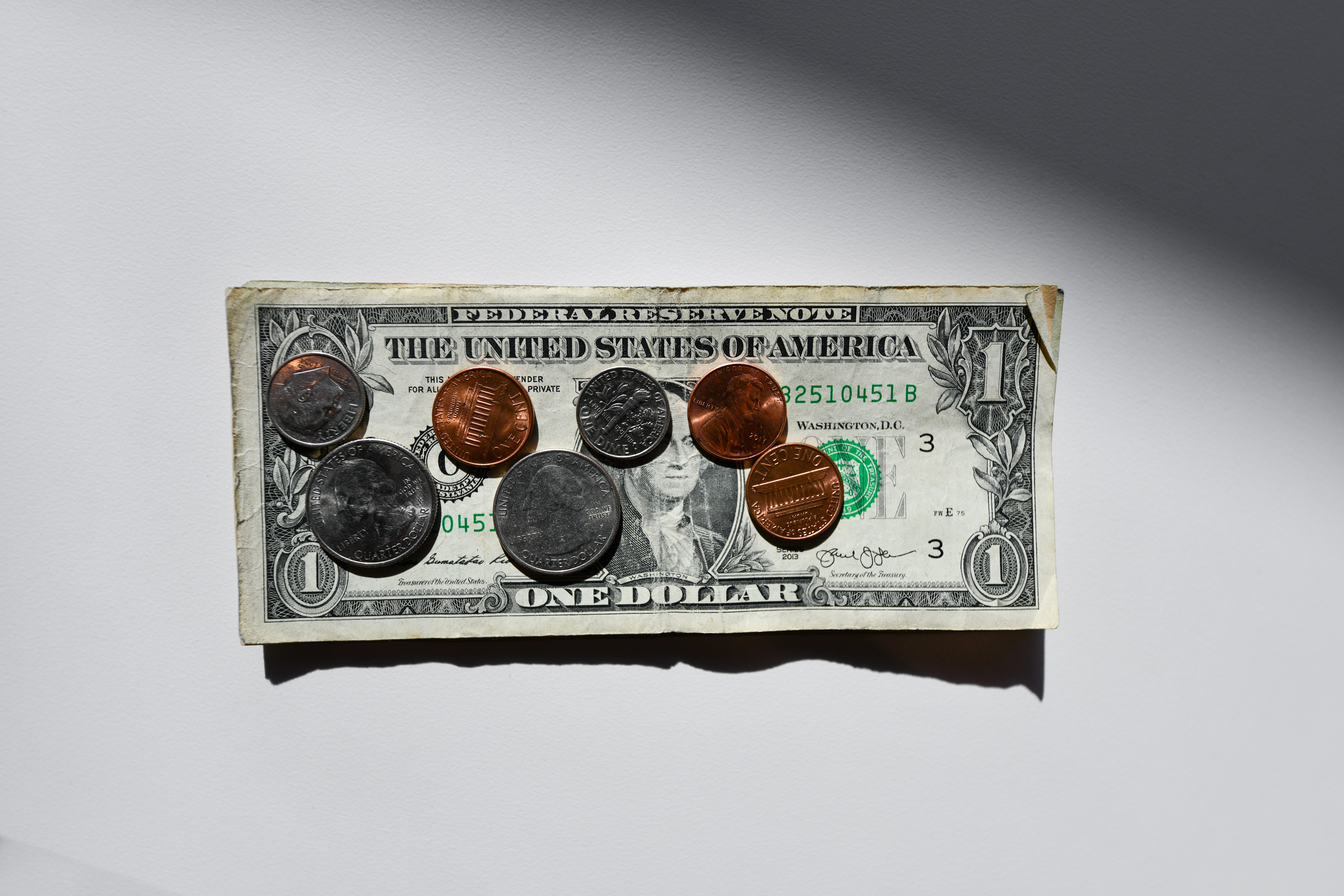A High Schooler's Guide to Budgeting
By: Katelyn Fahrenbruck Weston
November 2022
Poor money management skills can have a disastrous impact on one's life. It can affect a person's credit score and their ability to buy a home, a car, or other nice things. To help avoid this, it's important to learn how to budget while in high school. Learning how to create and use a budget as a teen is a positive first step toward avoiding reckless spending. By learning to allocate and save money before and through college, one can establish good money habits that will last a lifetime. These habits include learning to set aside money for necessities and save money for other wants that one might find important.
Determining Your Income

The first step of making a budget is knowing how much money comes in every month. There are many ways to earn money as a teen. Income can come from working part-time after school, doing weekly or monthly tasks for neighbors, or getting a monthly allowance. Determining income means adding up how much money one makes from all regular sources of work each month.
- Budgeting and Money Management for Students
- Sample Monthly Budget for Teens
- Creating a Budget
- Net Income Definition and Uses and How to Calculate It
Keeping a Record of Your Expenses
After figuring out how much money is available, it's important to keep a record of how that money is being spent every month. Keeping track of where or how money is being spent can be as simple as creating a chart or spreadsheet to document every item that's purchased. Another option is to use a money management app. This information is helpful because it allows teens to see what is and isn't necessary and make adjustments to how money is being spent in the future.
- Start Budgeting
- Spending Tracker
- Learn Bookkeeping
- Three Easy Ways You Can Track Your Expenses and Stay on Top of Your Money
- Tracking Monthly Expenses: The First Step to Money Success
- How to Track Your Expenses and Stick to a Budget
Identifying Fixed Versus Variable Expenses
Most expenses are either fixed or variable, and it's important to differentiate between the two. Some expenses are the same from month to month, and others are inconsistent and change monthly. Fixed expenses are expenses that do not change. While in high school, fixed expenses may include a car loan or cell phone bill. A fixed expense is often an important and more expensive expense. Variable expenses are expenses that change. Getting pizza with friends or buying new clothes can be variable expenses.
- What's the Difference Between Fixed and Variable Expenses?
- Managing Your Finances
- Funding Your Future: Teaching Your Teen to Budget
- Fixed and Variable Expenses: Finance for Teens
- Four Key Components of Budgeting
Deciding How to Allocate Money
Knowing the difference between fixed and variable expenses is an important part of budgeting because it helps in knowing how to distribute one's money. The common method of allocating one's income is to use a 50/30/20 rule. This means that 50% of one's income should go to fixed expenses and things that are needed, like buying gas. Next, 30% of one's income goes to wants or unnecessary spending. Wants are often entertainment or activities. While in high school, most of one's money is spent on wants. The remaining 20% of one's income should go into savings for the future.
- 50/30/20 Rule
- Tips for Prioritizing Monthly Expenses
- Setting Up a Budget
- Budgeting Calculator for Teens
- The 50/30/20 Rule Demystified
Establishing a Savings Goal
For adults, a large part of their savings is often meant for retirement or emergency expenses. While in high school, retirement isn't relatable, nor is saving for a home emergency. To make saving money easier, it helps to establish savings goals for more relatable desires. These goals can help one purchase high-ticket items they want. A saving goal may be to purchase a car, for post-graduation travel, or to cover expenses while living independently in college. It's possible to reach one's savings goals faster than simply saving 20 percent of one's income can accomplish. Working longer hours during the summer months, doing odd jobs around the neighborhood for pay, or even starting a side hustle like selling crafts online can make it possible to reach one's goals more quickly.
